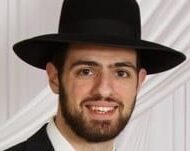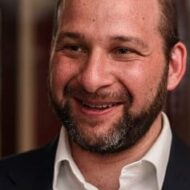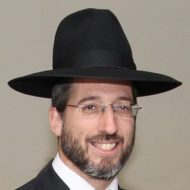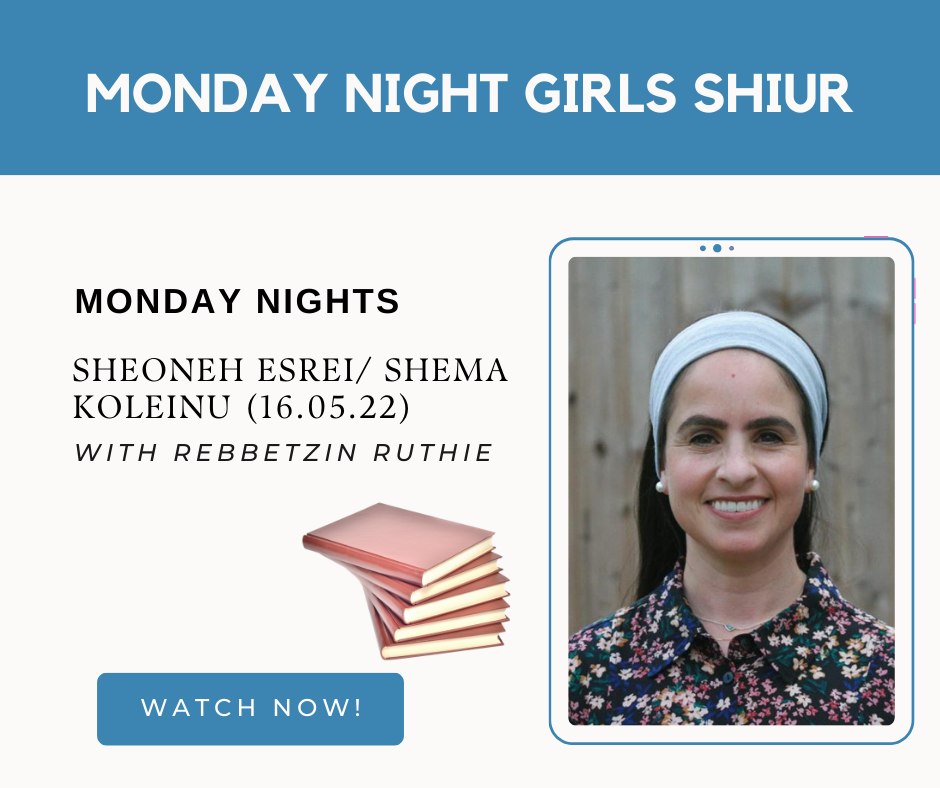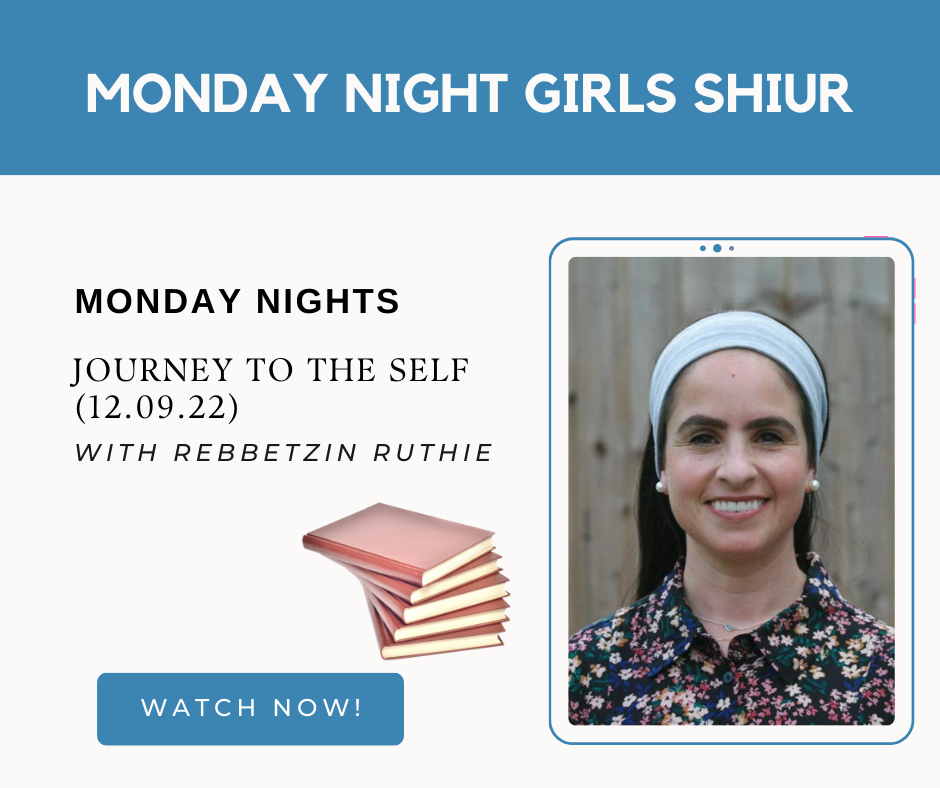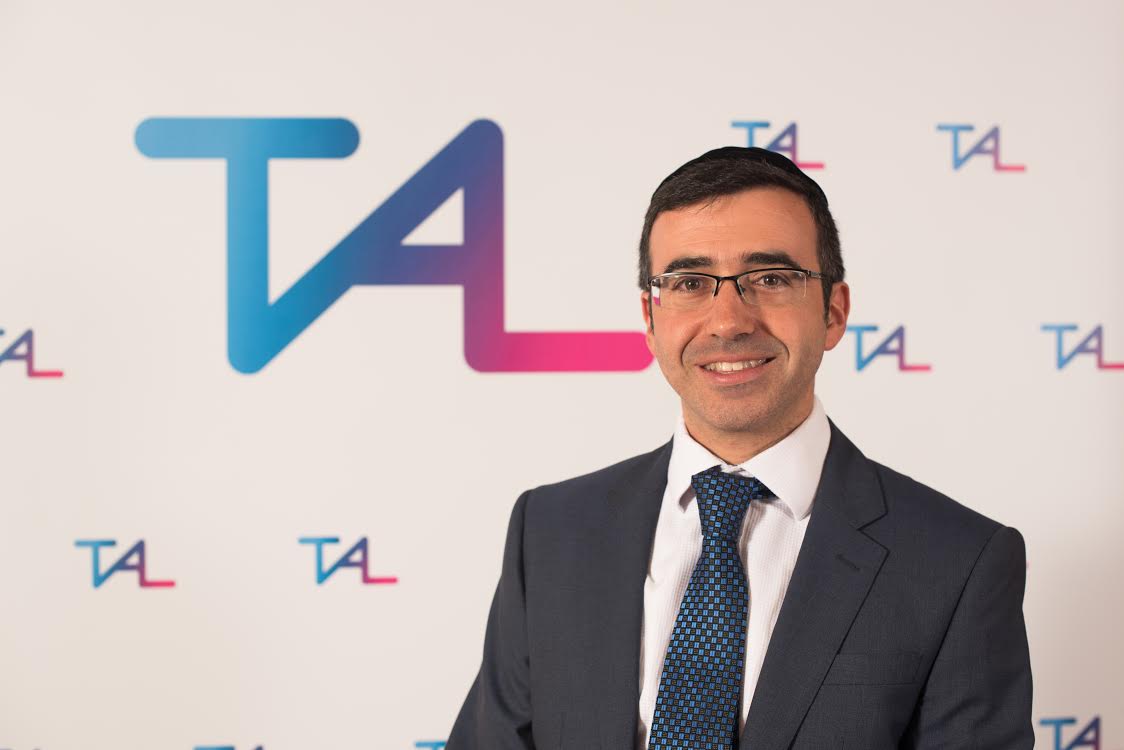
After seven years of working hard for Lavan in order to marry his daughter Rachel, and eager to build the next block in Am Yisrael, Yaakov awakens in the morning and is stunned to find out that he has been tricked and instead married Leah!
Our Sages (Midrash Rabah, Bereishit) bring an interesting dialogue that ensued shortly after Yaakov realised what had really happened.
Understandingly upset, he reproached Leah. How could she do such a thing?
Leah’s response was so sound it seems that Yaakov accepted it never going back on this marriage.
Leah cleverly replied that she was put in a very awkward situation. Her father had asked her to marry Yaakov and surely she had to obey her father.
Even though the circumstances were not correct or just, she told Yaakov that she looked to none other than Yaakov himself as an example.
As if to say, “I said what would Yaakov do if his father told him to go to the Chupa?
I heard that you were put in a similar dilemma! Your mother told you to go and get the Beracha (before Eisav) from your father.
You entered your father’s presence and announced that you were Eisav.
If that is what you did given the circumstances, then I justified my actions through yours. Surely what I did was correct!?”
From then on, Yaakov accepted her as his wife and proceeded with the wedding celebrations for seven days, only after which he married his second wife Rachel (for a further seven years work).
These two wives of Yaakov became the forbearers of our nation.
Rather than cast aside, Leah is there together with Rachel and we merited to have four great woman as builders of Am Yisrael, all Imahot – Sarah, Rivka, Rachel and Leah.
But why did we end up with three Avot and four Imahot? Normally we would expect it all to equal out?
Let us explain.
When the Torah introduces Rachel and Leah to us (29:16) we are told, “And Lavan had two daughters: the name of the elder was Leah, and the name of the younger was Rachel.
Our sages are perplexed as to why the Torah needs to tell us that Lavan had two daughters and then proceed to name the two daughters. The Torah could have merely stated that Lavan’s daughters were called Leah and Rachel and we would have known that he had two. Why mention the number two?
There are similar occurrences where the Torah mentions the number two, and where we would have known there were two from the pursuing Pesukim (e.g. in relation to the two Seirim (goats) on Yom Kippur and the two Chatsotrot (trumpets) in the temple). There, our Sages explain that the reason is to teach us that they were exactly the same. Similar in height, look and value.
This would imply that here too, Rachel and Leah were similar.
How were they similar?
When Avraham was in doubt as to who would continue his legacy, he put forth his son Yishmael as a good candidate. Hashem informed him otherwise. Yishmael would not be the one to continue the legacy; rather it would be through Yitzchak that the great future nation would be established. (21.12) Ki B’Yitzchak Yikareh Lecha Zara – because through Yitzchak will your seed be called.
The Gemara (Sanhedrin 59b) learns out – B’Yitzchak – from some of Yitzchak, “but not all of Yitzchak”. Yitzchak had two children, Yakov and Eisav.
Only part of Yitzchak, i.e. Yaakov would continue the legacy. Eisav, like Yishmael, is not considered a descendent and heir of Avraham.
On closer inspection, destiny could have taken a different turn.
Eisav was the first born, he was blessed with great physical strength, and could have been a wonderful partner to Yaakov. What could have transpired could have been – B’Yitzchak – Bet Yitzchak – through the two children of Yitzchak – will your seed continue.
However Eisav forgave his rights, choosing instead to use his strength and power for the pursuit of worldly matters.
Yaakov on the other hand concentrated on the Torah, eventually masterminding even worldly matters. He took on the spiritual and physical role of his brother.
Rashi (29:17) teaches that Leah was originally destined to marry Eisav, and Rachel, Yaakov.
That’s right there could have been four Avot! However that prestige was forgone.
Yaakov listened to his mother, dressed as Eisav and entered towards his father to receive the eternal blessing.
Of all the Avot only Yaakov had two eternal names – Yaakov and Yisrael.
The Michtav Me’Eliyahu (Parshat Vayeishev) explains that Yaakov connects to Rachel and Yisrael to Leah. Yaakov filled the void created by Eisav, functioning as two Avot. He was therefore given a second name, Yisrael.
Originally Leah was destined to marry Eisav. When Leah saw that Yaakov took over the mantle of Eisav, Leah realized that Yaakov became her soul mate. This is what she alluded to when she told Yaakov, “It is from you I learned”; since you substituted for Eisav, taking his blessings and birth right, you have become my soul mate.
Everything is written from above, but there are many different ways of interpreting life’s challenges.
Leah learnt from the best, and proactively yearned to be a founding mother of our nation.
What seemed like a simple story has now taken on a completely new meaning.
Shabbat Shalom
